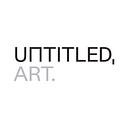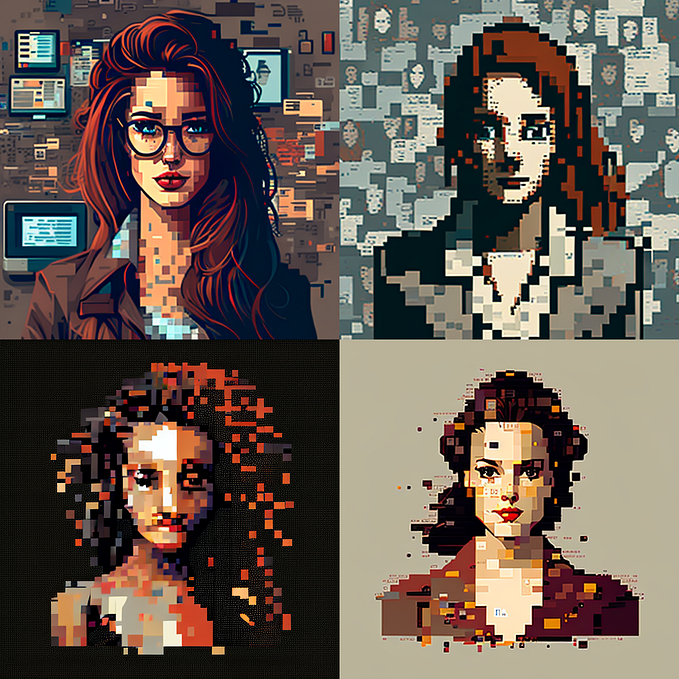Susanna Temkin’s Top Picks | UNTITLED, ART Miami Beach 2020
UNTITLED, ART is pleased to introduce a new series of curated selections from the art fair. Cultural tastemakers, international curators, gallerists, and local collectors will be tapped to share their picks from the Online Viewing Rooms of UNTITLED, ART Miami Beach 2020.
Today’s highlighted selection comes from Susanna Temkin, curator at El Museo del Barrio in New York City. She has chosen a number of works from the fair, as illustrated below.


Edra Soto, Let Love Win, Ink on embossed metal, 2020.
On View with Luis De Jesus Los Angeles, Booth A8.
Among my top picks at UNTITLED, ART is the artist Edra Soto, who is showing with Luis De Jesus in Los Angeles, whose gallery program I have long admired. Soto is among the participating artists in El Museo’s upcoming survey, Estamos Bien, where she will be showing works form her architecturally inflected Graft series, which are part of her presentation at Untitled. However, I’d particularly like to highlight her impressive installation Let Love Win, composed of hand-crafted, votive-like metal cut-outs of BIPOC victims of police brutality. Created by the artist as a form of personal mourning and remembrance, the tragically large installation is a testament to our current moment and the importance of the ongoing social justice movement.

Leonilson, Dois Jovens Com a Cabeça Fora da Terra, acrylic on canvas, 1989.
On view with ZIPPER Galeria, Booth B16.
In 2017 I had the opportunity to co-curate a show of José Leonilson at Americas Society in New York. A force of the 1980s international art scene, the artist developed a particular iconographic language of spare forms, including the tower, heads, and globe seen in the 1986 canvas featured at Zipper Gallery. Punctured by irregular holes, the work demonstrates Leonilson’s experimentation with artistic surfaces, which would later include fabrics and his own bedsheets. The artist tragically passed of AIDS in 1993, so it seems fitting to recognize this work with the opening of UNTITLED, ART coinciding with World AIDS day.

John Rivas, El Camino, mixed media on canvas, 2020.
On View with LatchKey Gallery, Booth A1.
John Rivas is a young Latinx artist whose work engages with ideas of family, memory, and portraiture, and I’m pleased to highlight his solo presentation with LatchKey Gallery. I had the pleasure of meeting Rivas in his studio last year, where I saw firsthand his method of extrapolating from family photos to create multilayered paintings that hover between the real, the imagined, and the remembered. Often presented in intervened frames, Rivas’s paintings include collage elements ranging from birthday candles, jewelry, salvaged clothes and other fabrics, as well as red beans and corn kernels, staples of his Salvadorean family’s culinary traditions. I’m looking forward to experiencing how Rivas brings such diverse elements into the exhibition space this weekend, when I hope to visit his work in real life at LatchKey Gallery’s physical space here in New York.

Amanda Valdez, Pinched Delta, Embroidery, oil stick on mounted paper, gouache, and acrylic on canvas, 2020.
On View with Denny Dimin Gallery, Booth A3.
Amanda Valdez is a New York based artist whose practice literally interweaves painting and textile based practices. In her works, woven, embroidered, and quilted elements intermingle with painted forms to create abstract compositions with enigmatic titles. Her selection of works on view at Denny Dimin Gallery showcases her skillful palette and composition. I particularly like Pinched Delta, which combines areas of expressive brushwork with more flat color fields reminiscent of hard edged geometry.

Daniel T. Gaitor-Lomack, King’s Blue (I’ll be Seeing You), Knitted Head Adornment/Freeze Pops/Antique Gilded Mirror, 2020.
On View with Welancora Gallery, Booth B19.
I’m really intrigued by the work of Daniel T. Gaitor-Lomack, a self-taught artist whose assemblage artworks are on view at Welancora Gallery. Of note is the work King’s Blue (I’ll be Seeing You), a wall sculpture which the artist explains “is classified as a painting in order for it to be included in the viewing room.” This sense of humor or sarcasm carries into the piece itself, which is filled with visual puns and jokes. I especially love the artist’s use of rainbow hued melted or unfrozen Freeze-Pops, which seem to contrast with the cold-weather knit cap “worn” by the sculpture.

Raul Guerrero, Untitled, silkscreen, 1974.
On Veiw with Cirrus Gallery, Booth A4.
Los Angeles based Cirrus Gallery features many beautiful works in its presentation, but I’m captivated by the Untitled print by San Diego based artist Raul Guerrero, whose five decade long career is long overdue for more critical examination. Guerrero’s first show with Cirrus dates back to 1974, and featured a motorized, rotating mask from the Yaqui culture. I see a similar, experimental spirit in this kaleidoscopic, psychedelic print, created that same year.

Cruz Ortiz, Listenin’ to Cien Anos Down the Yanaguana near Mission Concepcio, oil on canvas, 2019.
On view with Nancy Littlejohn Fine Art, Booth B12.
As part of the research for El Museo del Barrio’s upcoming Latinx survey, Estamos Bien, I’ve become increasingly curious about Texas, whose dynamic art scenes receive too little exposure outside of the region. Cruz Ortiz is one of the major voices from the state, with his paintings often focusing on the people, landscape, and mythologies of the borderlands. His presentation at Nancy Littlejohn Fine Art reveals an overview of portraits and landscapes from his recent practice. I especially love Listen to Cien Años Down the Yanaguana Near Mission Concepción from his Mi Tierra series, which casts a contemporary, Tejano-inflected eye on the tradition of plein air painting.

Suchitra Mattai, A Matter of Course, fabric, vintage sari on organic fence, 2018.
On View with K Contemporary, Booth C8.
I am an admirer of Suchitra Mattai’s exuberant, textile based practice, which draws on concepts of family, diaspora, and transnational migration. These issues are particularly evident in her piece A Matter of Course, presented as part of her presentation at K Contemporary. The composition builds from the artist’s aunt’s sari, a garment which reflects Mattai’s West Indian heritage. Additional materials, including French trim and other fabrics, as well as organic fencing material expand from this base to create a structure that evokes both borders and accumulated histories.

Marielle Plaisir, J.Baker, The Malediction of Cham, Acrylics, inks, Hand made embroidery on canvas, 2020.
On View with De Buck Gallery, Booth A8.
I would like to highlight the presentation of Marielle Plaisir’s paintings from her series, The Malediction of Cham, on view at De Buck Gallery. These hauntingly beautiful and moody works, onto which the artist sometimes applies embroidery and gold pigment, reflect otherworldly landscapes into which ciphers of such figures as Mohamed Ali, Josephine Baker, Jackie Robinson, and Aretha Franklin are embedded. Though each piece stands as its own universe, taken as a whole they reflect Plaisir’s idiosyncratic approach to the histories, mythologies, identities, and narratives of Afro-diasporic culture, from her own distinct perspective of a French-Caribbean artist working within the United States.
UNTITLED, ART Miami Beach OVR is open December 2–6, 2020.







